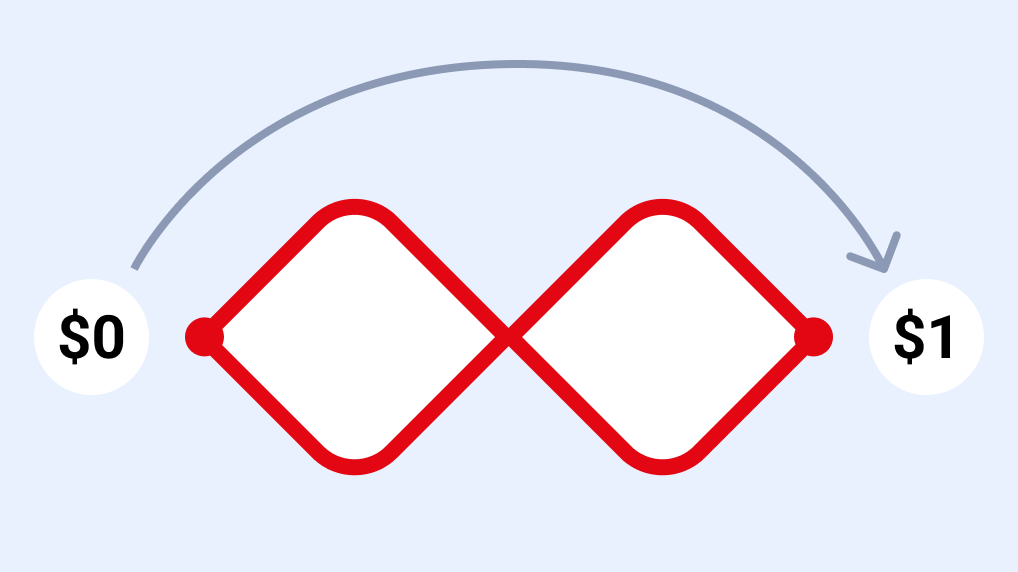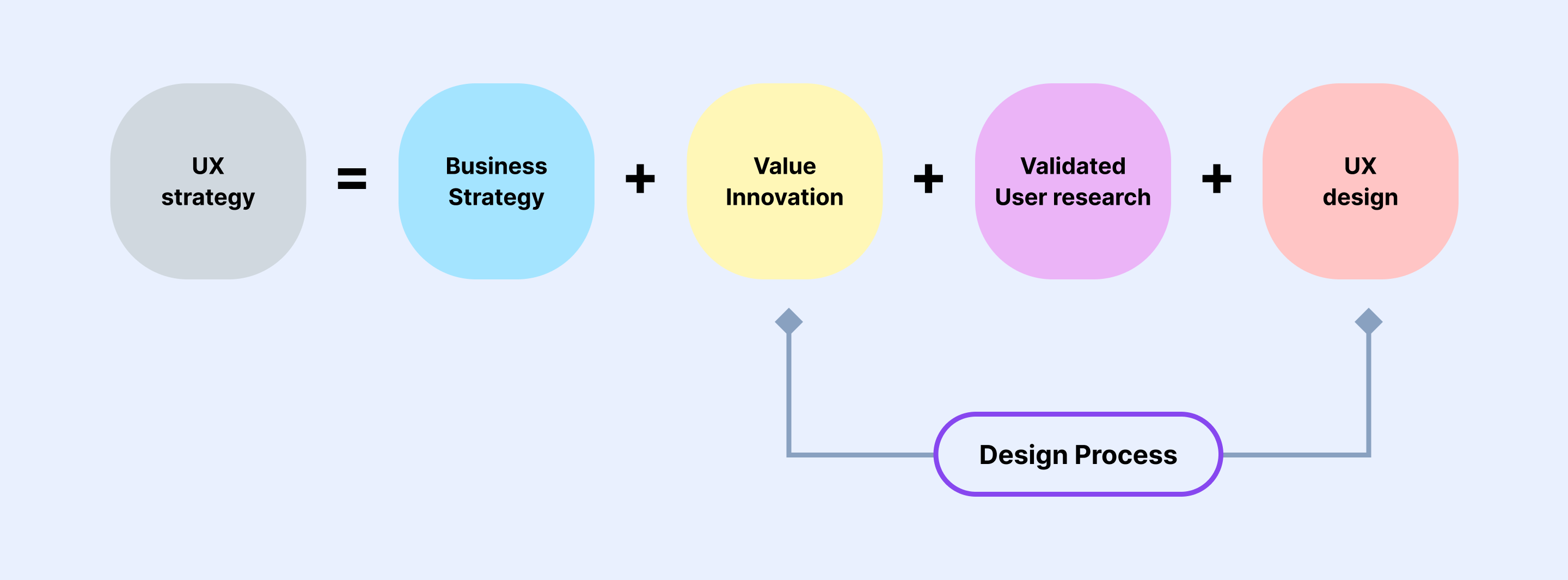Design - from Service Function to Strategic Partner
Turning design into a strategic growth driver through leadership, process and measurable outcomes.
Results
- 100%
- user research / discovery coverage
- 90%
- features covered via usability testing
- 25%
- reduction Time-to-Value (TTV)
- 85%
- upskilling Score
- 44%
- reduction in churn
- 85%
- first-pass design acceptance
- 40%
- reduced design-to-dev issues
- 90%
- compliance with WCAG 2.2 AA
Overview
When I joined, the organisation delivered strong enterprise products, but customer expectations around usability, consistency, and speed had outpaced the experience. The portfolio suffered from poor UX, inconsistent design and outdated UI compared to competitors.
This created real business impact:
- Lost new deals due to usability concerns
- Rising churn after 12 months of onboarding
- Higher support and training costs
- Customer frustration from inconsistent experiences
I saw this as an opportunity to embed design as a catalyst for business growth by establishing a UX strategy, scaling design maturity, and aligning user experience with organisational goals.

Challenges I Faced
- No design strategy, process, or principles in place
- Lack of a unified Design System or research framework
- Design team largely from non-design backgrounds, with limited UX training
- Minimal design advocacy at the leadership level
- No DesignOps function or visibility into workload/priorities
- UX is not measured quantitatively or qualitatively
My Strategic Objectives
| UX strategy | Define a UX strategy and vision aligned with business goals |
| Design process | Establish a repeatable design process to strengthen delivery |
| Design system | Build a scalable design system to support the component library and accessibility |
| Upskilling | Upskill and mentor the team to grow maturity and confidence |
| DesignOps | Introduce DesignOps and Dev Mode to improve collaboration and handover |
| Measuring | Create a measurement framework to demonstrate design impact |

Leadership Actions I Took
| 1. Defined UX Strategy & Principles |
|---|
| Facilitated leadership workshops to align on a North Star UX vision. |
| Established UX principles that reflected both business objectives and user needs, giving the team clarity and direction. |
| 2. Introduced a Structured Design Process |
|---|
| Combined Double Diamond, Lean Startup, and Zero-to-One thinking into a practical, repeatable framework. |
| Embedded discovery, ideation, prototyping, and testing cycles. |
| Personally mentored designers through the full process until they could independently lead usability testing, workshops, and critiques. |
| 3. Built a Unified Design System |
|---|
| Designed and launched the organisation's first scalable design system in Figma, aligned with WCAG 2.2 AA, Section 508, and ADA standards. |
| Extended the system to directly support the component library, enabling consistency between design and development. |
| Introduced governance, Jira workflows for component requests, and structured adoption sessions to help designers build confidence. |
| Result: reduced duplication and rework, cutting UI component redundancy by 45%. |
| 4. Enhanced Development Handover with Dev Mode |
|---|
| Rolled out Figma Dev Mode to allow engineers to inspect components, specs, and design tokens directly. |
| Improved clarity and reduced misalignment between design and development. |
| Result: decreased design-to-dev handoff issues by 40% and reduced delivery delays by 30%. |
| 5. Upskilled and Grew the Team |
|---|
| Led by example, creating case studies and walkthroughs to teach the structured design process. |
| Built a training hub and ran regular mentoring sessions to upskill a team of mixed backgrounds. |
| Fostered confidence, enabling designers to take ownership of discovery, testing, and critiques. |
| 6. Built Cross-functional Alignment |
|---|
| Partnered with sales and customer-facing teams to build a persona database of 47 validated end-users. |
| Introduced DesignOps practices using Jira to manage design workflows, track tasks, and increase transparency across design, PM, PO, QA, and marketing teams. |
| Embedded Agile design practices, including iterative sprints, design reviews, and rapid prototyping, to accelerate delivery and ensure feedback loops with development and product teams. |
| Leveraged these insights to improve onboarding and reduce support costs. |
| Aligned product UI with branding for consistency across the portfolio. |
| Educated leadership, engineering, and QA teams on the design’s role as a strategic partner, not just a service. |
Metrics & Impact I Delivered
I introduced OKRs and KPIs to measure design outcomes and demonstrate tangible business value:
| Metric | After | Improvement |
|---|---|---|
| User Research | 100% discovery coverage | Full coverage per release cycle |
| Usability Testing | 90% coverage (5+ test rounds per feature) | Embedded usability validation in every release |
| Accessibility | 90% WCAG 2.2 AA compliance | Improved compliance within 12 months |
| Time-to-Value (TTV) | Reduced by 25% | Faster user value through workflow redesign |
| Design System | Adoption cut duplicated components | 45% reduction in duplicates, 40% less rework |
| Upskilling Score | 85 - 90% team adoption | Successfully adopted new system, Dev Mode, Agile practices |
| Development Handover | Dev Mode rollout in place | Reduced design-to-dev issues by 40% and delays by 30% |
| Churn Reduction | Reduced to 9% from 16% | 44% improvement in early retention |
| Collaboration | 85% first-pass design acceptance | Improved cross-functional alignment |
Outcome
In just 12 months, I transformed design from a fragmented function into a strategic, metrics-driven partner to the business.
- Customers benefited from a more consistent, accessible, and usable product experience.
- Development handover became faster, clearer, and more predictable.
- Leadership gained visibility into design's contribution to revenue, churn reduction, and delivery efficiency.
- Most importantly, I built a high-performing, confident design team capable of driving innovation and scaling maturity across the organisation.